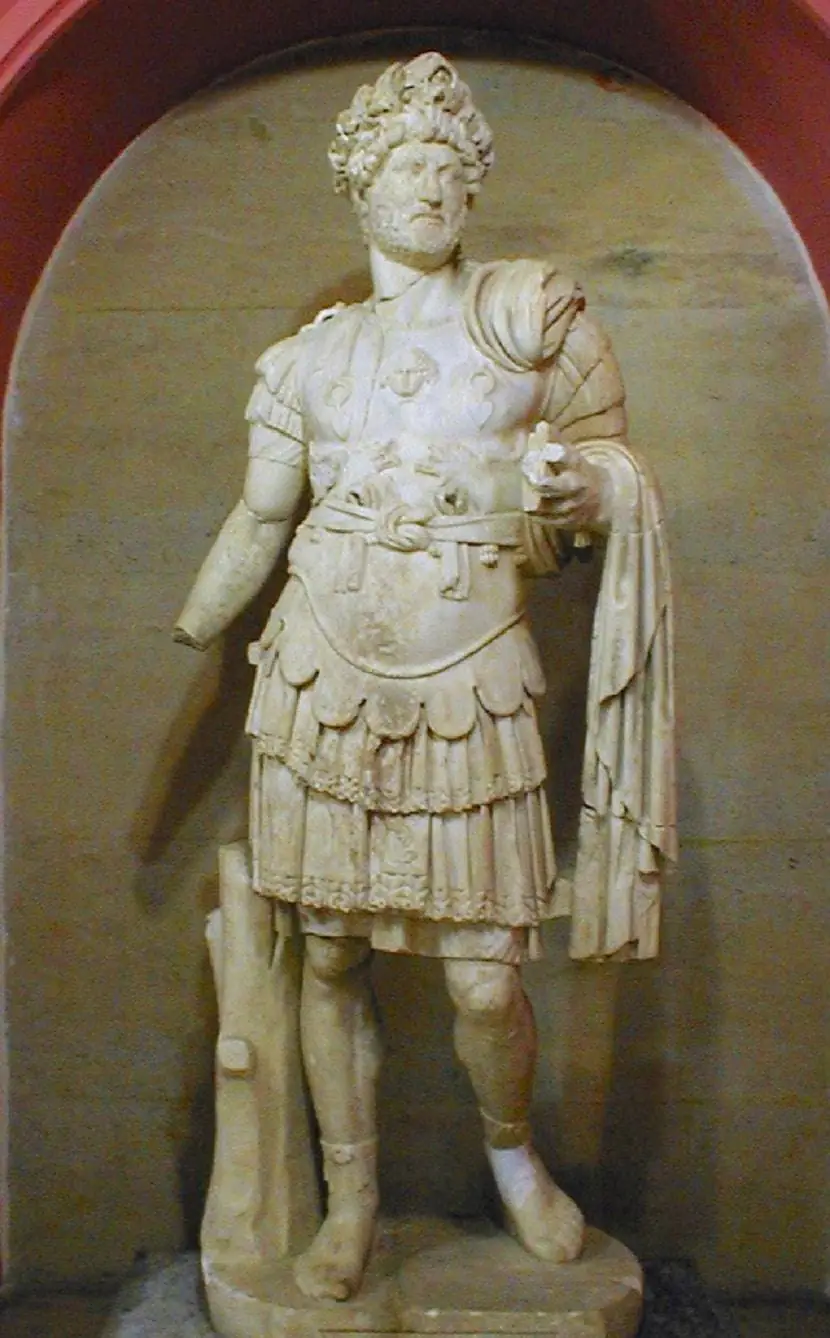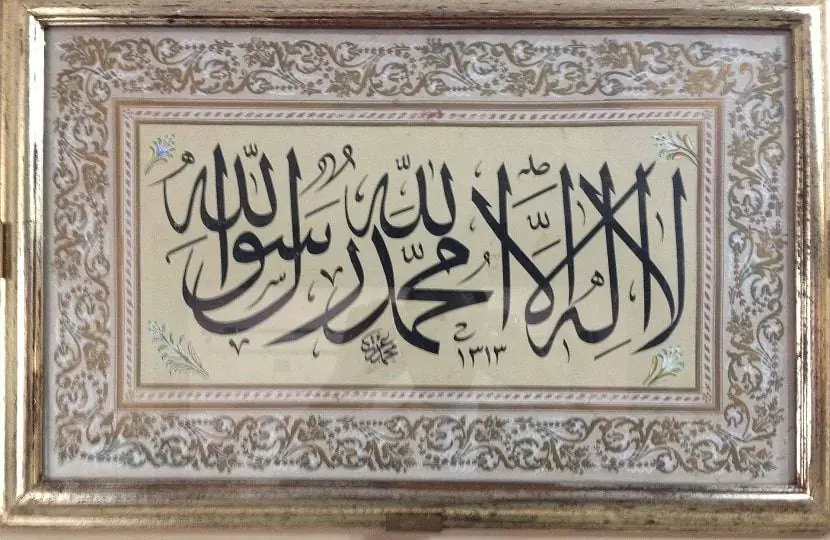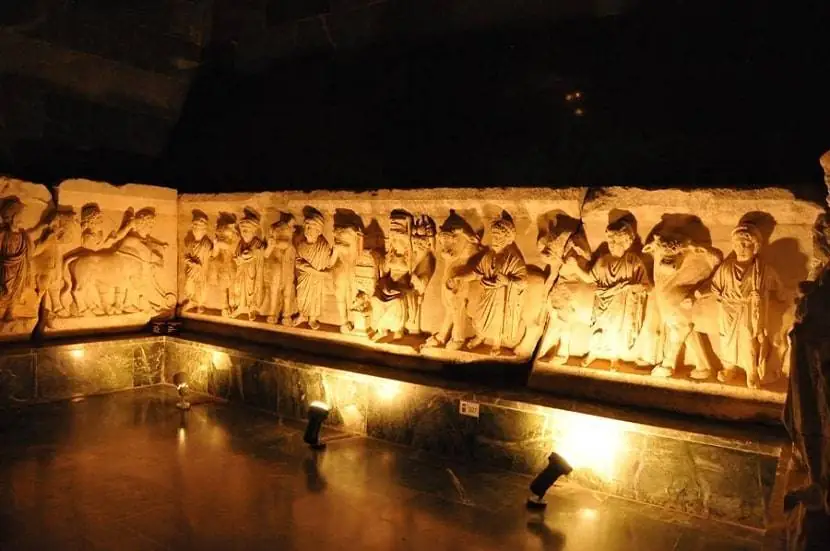The Antalya Ethnographic Museum is situated in the Muratpasa neighbourhood, Kaleiçi Urban and Grade III Archaeological Site, and is made up of two homes dating from the 19th century. In a sloping area, the structures are at various altitudes. Ottoman era architectural features occur in the buildings where two unique conceptions were constructed, The Lower and Upper Mansion. Turkish-Islamic works are presented in general in the 1 no.lu house, while artefacts and architectural components from the same period are displayed in the 2 no.lu mansion, with room configurations depicting Antalya’s Ottoman Period home life.
Artefacts

On the first floor of the 1 no.lu mansion, which is composed mostly of works comprising the art of Turkish-Islamic Works, iznik-Kütahya and Canakkale ceramics, gas lamps made of glass, and tulips, roses, and sherbets are exhibited; between the 16th and 20th centuries, iznik-Kütahya and Canakkale ceramics, gas lamps made of glass, and tulips, On the same floor, there is another portion where the artefacts discovered during the Kaleiçi excavations are shown. A display of arrows, bows, swords, capsules and lighter guns and rifles, gunpowder and oil bars, medals and engagements, seals, hammocks, and vefks from Ottoman Period weapons are be found on the second floor.
♦ 5 Days Turkey Tour – Istanbul Antalya Tour
Masterpieces of Calligraphy

On this level of Antalya Ethnographic Museum there are the masterpieces of calligraphy such as hilye and innovation. The garden steps lead to the second residence, which is positioned at a greater elevation than the mansion for 1 no.lu. Both mansions have a façade that faces the garden and a façade that faces the street. Ottoman On the first level of the second mansion, there is a wooden ceiling, door, window wings, door malrs, and keys; there is a display of local musical instruments with examples of weaving such as saddlebags, sacks, baskets, and rugs.
Ottoman-era Antalya Kitchen

This floor also houses a tiny Ottoman-era Antalya Kitchen with underlay carpets, a weaving loom, and many weaving specimens from the Antalya region’s original weavings. On the second storey of the mansion, there is a living room, bedroom, and bathroom, which are shaped as dining-living rooms in accordance with the demands of the household during the day. In Antalya Ethnographic Museum, there are also instances of apparel and attire depicting ottoman and coffee culture on this floor. Seljuk Horoscope, a garden exhibit from the 13th century, and Seljuk Period Conquest Inscriptions are both original works.

